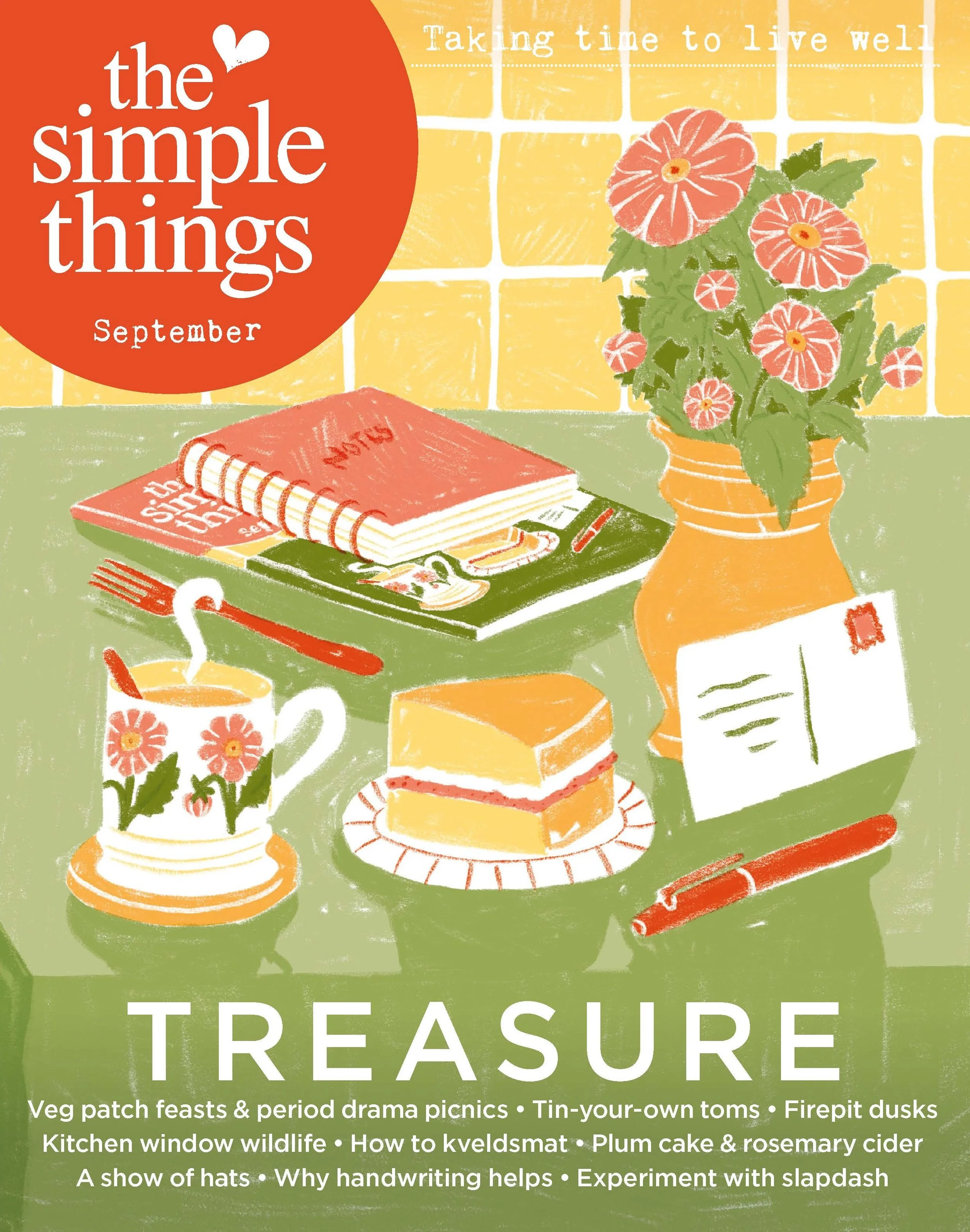There is little more English than a game of croquet – flamingos and hedgehogs optional. Or for an outdoor game that allows for standing about with a pastis in one had, Pétanque is your pastime
CROQUET
A cross between bowls, billiards and marquee erection, croquet is the feminist’s friend, being the first outdoor sport to allow women and men to play on an equal footing. It’s also an unusual game in that seemingly no one knows the rules, but because whacking balls through hoops with a mallet is such fun, nobody really cares. It’s a game long associated with the upper classes, and you can turn any old patch of grass into the sweeping lawn of a moneyed Victorian simply by having a friend run forward, urgently wave a piece of paper and call “Miss! News from
London, miss”. Remember, period-detail- lovers, attitudes to animal welfare were rather different in Lewis Carroll’s time and, today, use of live flamingos and hedgehogs is generally frowned upon.
PÉTANQUE
Derived from boules, a game traceable back to coin throwing in ancient Greece; Romans refined the concept to aiming at a target and the modern sport began to take shape. Pétanque itself only arrived in 1907, when rheumatic boules ace, Jules Lenoir, could no longer run and throw. Instead, he suggested this: stand inside a circle with both feet on the ground and toss hollow steel balls as close as possible to a small wooden ball, or cochonnet. In contrast to the rolled, lawn-requiring British bowls, this throwing technique makes it the ideal game if your local open space is a little on the uneven side. Indeed, gravel or hard dirt is the customary playing surface. For extra Francophone authenticity, liberally punctuate play with exclamations of “Bof!”, “Très bon!”, “Merde!”, etc.
Turn to page 71 of August’s The Simple Things for more games, including toe wrestling, ping pong and crazy golf.







